Review for Kills on Wheels
‘Kills on Wheels’ almost certainly won’t be the film you were expecting it to be – regardless of what you were expecting it to be. I’ve never seen anything like it. On the surface, you could say it’s a straight-ahead gangster film. After all, it features a hit-man and his lackies, doing what they do. But that’s just the ‘Kills’ part of its title. The ‘Wheels’ part refers to the wheelchairs which the trio need to get around. Because this is, at its heart, a film about disability and the impact this has on the world the three find themselves in. When you add in a little Hungarian surrealism (that Serbian gang boss and his dogs stepped straight out of ‘Twin Peaks’), some humour, albeit a little dark, as well as romance, melodrama and a touch of kitchen-sink neo realism, you may be getting close to defining it, which is, after all, the thing we reviewers like to do best.
Ex-fireman Rupaszov (Szabolcs Thuróczy) is paralysed from the waist down when a burning building collapses. Unable to integrate back into society, he falls into a life of crime and spends a spell in prison – which is where the story starts. We see that, despite his disability, he’s still a fighter. When he is released, he takes on contract work for a Serbian gangster, the almost comically surreal Rados.
One day, as he is on his travels (in his chair) he happens upon two bored disabled youths, Zolika and Barba (played by disabled actors Zoltán Fenyvesi and Ádám Fekete) messing around and setting off a fire extinguisher for laughs. He remonstrates with them, reminding them that lives could be lost as a result of their stupidity. A fracas breaks out and he gets the better of the two, who are room mates in a local care centre. Recognising the despair in their lives, he invites them out for a drink and they party at his expense at a local night club, drinking more than they should. A bond develops between them and they soon start to hang out.
Until their meeting with Rupaszov, the two youths spent much of their time drawing a comic book based on their own lives. Before long they are helping Rupaszov with his contract killing; something the three seem remarkably relaxed about.
In the first ‘hit’, Rupaszov delivers a stark message to a group of gangsters, delivering a message from Rados. But the thugs predictably decide that they aren’t going to take any message from a lone disabled man and one stabs him in the leg. Although he feels no pain, the wound is real and he decides Rupaszov raises a plastic bag with a gun in it and shoots the whole gang – before being collected in a car by his new sidekicks.
On the next hit, Rados gets wind of he fact that Rupaszov is getting help and he doesn’t like it. That means more people who might squeal. He insists that Rupaszov disposes of them (quite literally) or he won’t do any more business with him – or worse. His henchmen deliver a beating to get the message through and Rupaszov agrees to ‘hit’ his new friends. But when it comes to it (and he does get as far as pushing them into a river to drown) he has a change of heart and pulls them out again to safety. He then lies to Rados, knowing that if he is discovered, it will mean his own death warrant.
Well, you can kind of half guess what happens next but the film is a lot of fun along the way, even pausing at one point to stop at a party where the three indulge in the edges of romance. Whilst the film never avoids dealing with the inevitable difficulties of integrating with society as a severely disabled person, it also provides a salutary reminder that, despite these physical impairments, there is little else to distinguish these intelligent, very human individuals from the rest of us. Zoli, for example, is painfully aware of the impact that his disability has had on the relationship between his mother and father, now separated with his dad having created a new life with a healthy young family elsewhere.
It’s a film that balances pathos, humour and almost surrealistic violence to create what was for me a completely unique viewing experience. It’s certainly well worth a watch. It doesn’t flinch from the tough stuff.
We also experience first hand the maddening frustrations felt by the trio, particularly by Rupaszov as he struggles through physiotherapy, driven by the goal of regaining his former health. It’s sometimes tough to watch.
The concluding twist in the narrative is almost inevitable, given what has come before it, although is still a thought-provoking surprise. Naturally, I won’t spoil that here.
The performances throughout are excellent. Not only the core trio, but most supporting roles too. The naturalistic approach to dialogue, mixed with occasional hand-held camera movement, gives the film a lively, documentary feel – though its production values remain high throughout. It’s a classy looking film and this 2.35:1 HD transfer (original aspect ratio) is flawless, undoubtedly converted from the super-high res original.
With audio, the choice is either 2.0 uncompressed stereo DTS-HD Master Audio 5.1 surround, both in the original Hungarian. I used the 5.1 for this viewing and it was nicely rendered, without over-playing it. In fact, it was really only during shootings and night club scenes that I even noticed the deliberate use of the rear speakers.
This edition comes with no extra features (other than a trailer) which was somewhat disappointing. As the film is so unusual in its subject matter and approach, it would have been fun to have seen a ‘making of’. Oh well. You can’t have everything.
‘Kills on Wheels’ might sound a bit challenging on paper (a Hungarian film featuring a trio of disabled people) but it really is a great watch. It never gets self-righteous and yet still manages to create a thoroughly entertaining but thought-provoking film, nonetheless. Some of the violence is quite extreme so you may want to give it a miss if you’re a bit squeamish, but for everyone else, check it out. You’ll be glad you did.
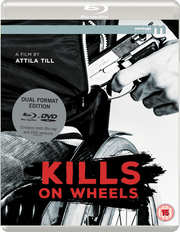
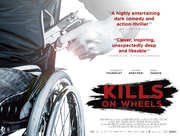














































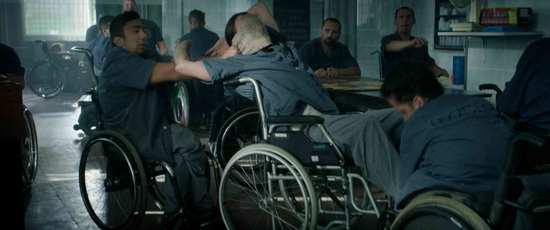


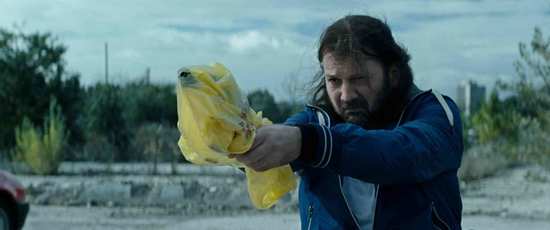
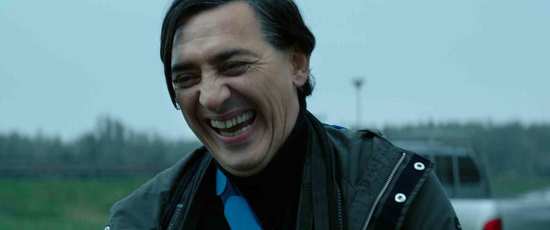
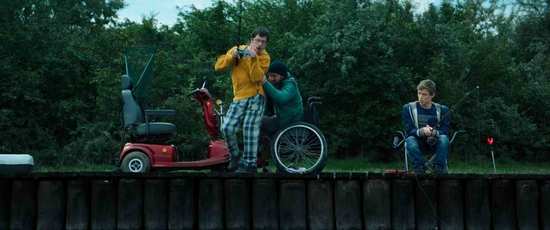
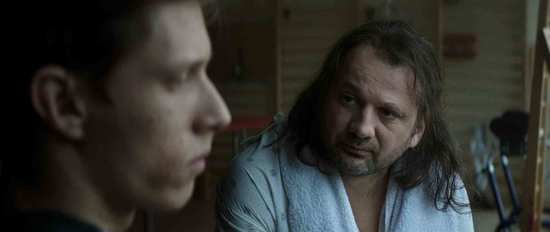
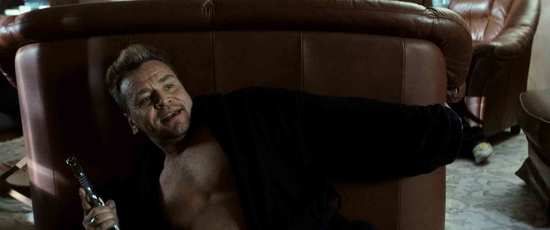
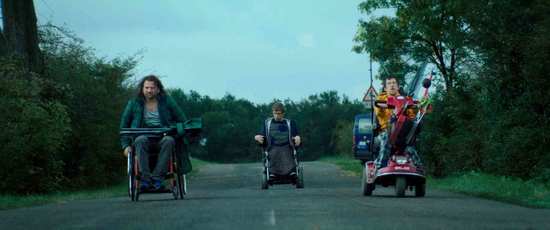
Your Opinions and Comments
Be the first to post a comment!